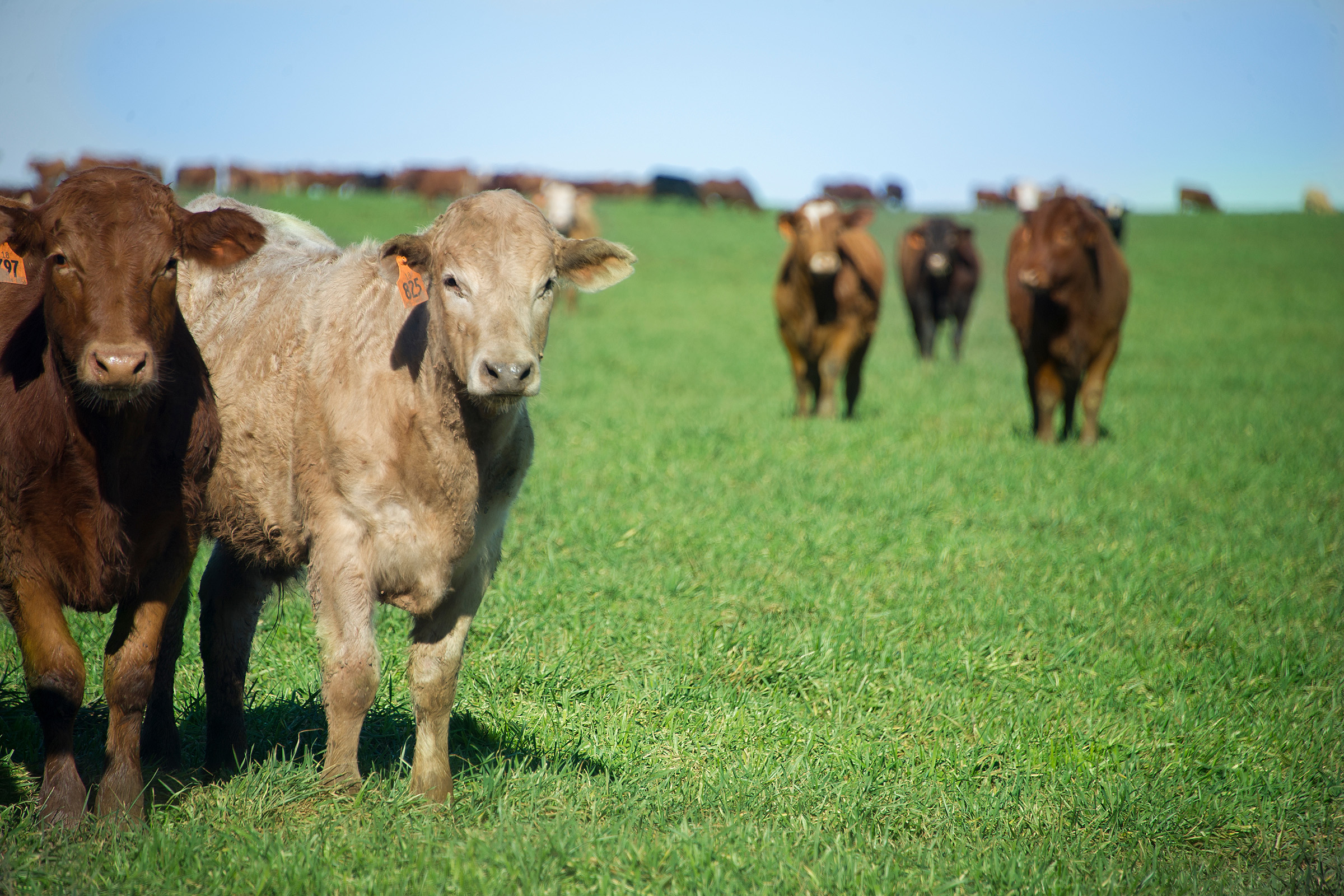High cattle prices are here to stay—for now

Oklahoma Cooperative Extension livestock marketing specialist Derrell Peel says the tremendous uptrend in cattle market that has been demonstrated so far in 2023 is only the beginning of the record prices he predicts over the next two to four years. The price increases are mostly due to the herd liquidation that was caused by severe widespread drought.
High prices and low cattle numbers are expected for quite some time as the industry recovers and producers work toward a position to rebuild.

“The bottom line is we haven’t started rebuilding yet, and we probably won’t start much of it in the next few months,” Peel said. “I don’t think the herd rebuilding really gets going before 2024.”
Although Peel was certain cattle prices would remain high through 2025, he said they are subject to short-term volatility and unexpected outside threats to the supply fundamentals. However, he clarified saying it would take a massive black swan macroeconomic event leading to a monumental economic meltdown to change the path the cattle prices on are today.
“And even then, it would probably just temper how high prices go, not change the fact that we’re going to go higher,” he explained.
Although drought has improved in many areas, it still persists across the High Plains. A wet July for many in the central United States gave enough reprieve to improve forage and pasture conditions, leading to marginally adequate hay supplies going into fall and winter. Peel said one of the biggest factors going forward is whether or not El Niño conditions develop translating into better forage moisture conditions across the board.
“At this point, I don’t think the drought is causing a large amount of additional herd liquidation, but I think it certainly limits producers in those drought areas from being able to do anything more than stay at the drawn down levels they’re at,” Peel said. “Those producers can’t do anything in terms of rebuilding or restocking.”
Herd rebuilding is also stalling partly due to financial pressure on producers. Between the increase in input costs and the aftereffects of an extended and widespread drought, many cattlemen are playing it safe.
“For a lot of producers that have been financially stressed, they’re continuing to sell in the short run,” Peel explained. “They’re not saving heifers because they need the money. They need the financial recoup in the short run before they think about trying to hang on to some heifers.”
As far as consumer demand, Peel said it continues to be remarkably strong.
“Now as we go forward, we will see even higher retail prices and that will continue to be a challenge for consumers,” he said. Peel said the decreased rate of beef production due to herd liquidation in 2023 is starting to show in the meat department. The amount of meat available to purchase is decreasing and prices will increase, so consumers will not eat as much beef until the herds start to rebuild.
“It’s going to get priced to a point where consumers choose not to purchase it,” he explained. “That’s how the market is going to ration that smaller supply. But this is just the normal process of rationing supply when the supply gets tighter.”
Lacey Vilhauer can be reached at 620-227-1871 or [email protected].



